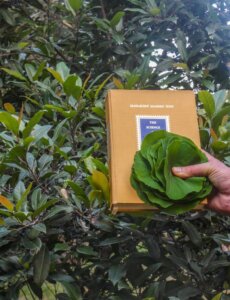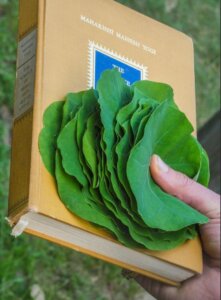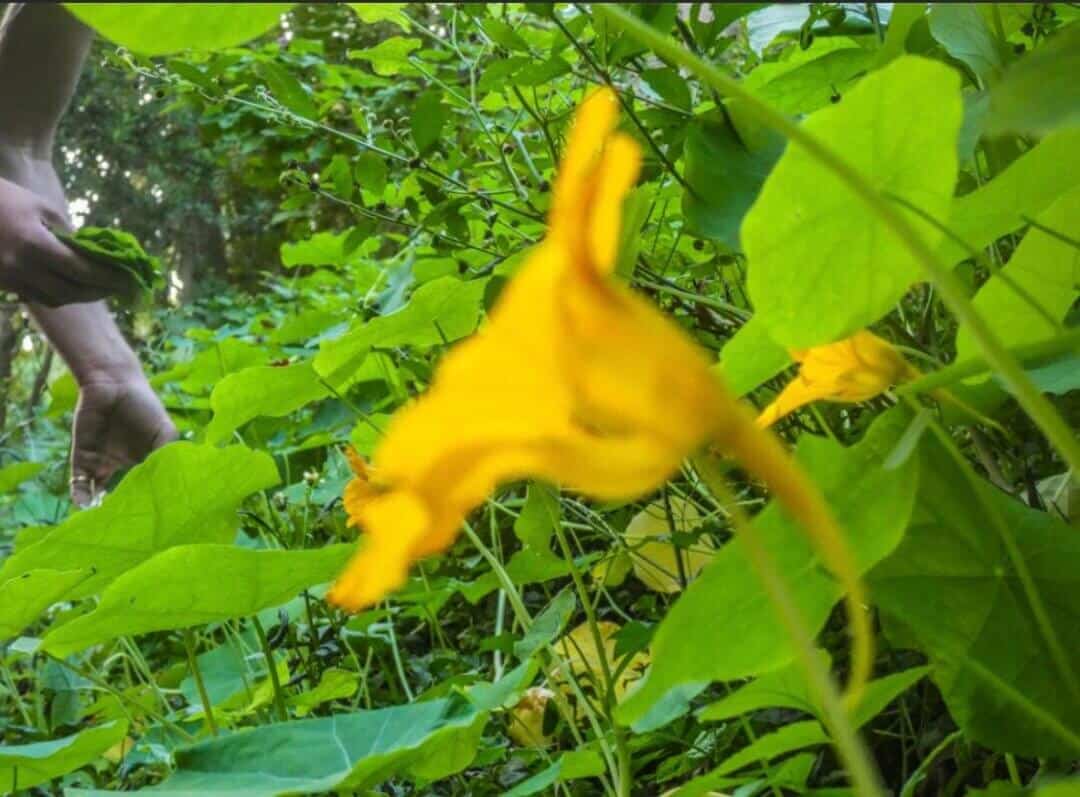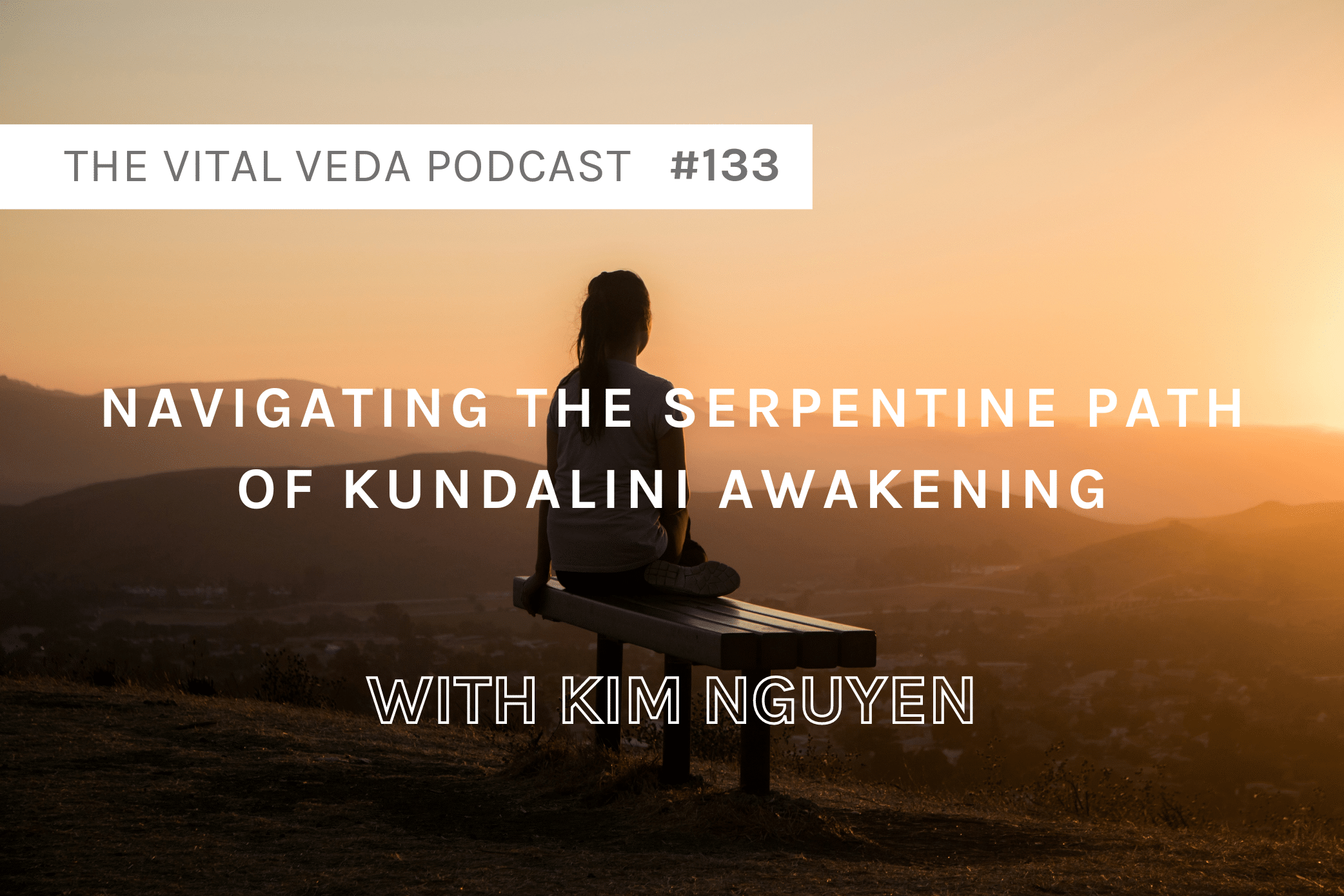This pungent pepper-like tasting plant (Tropaeolum Majus) is highly relevant and valuable right now in this pandemic time.
Not only because this edible herbaceous annual is in season (probably growing wild on a patch near you), but also nasturtium leaves are a rich source of vitamin C (see below for impressive amounts) and holds anti-bacterial and anti-viral properties.
Natural Anti-Biotic
The lush leaves have greater anti-biotic activity than the other parts of the plant, particularly helpful in urinary and respiratory tract infections.
Studies show nasturtiums inhibit the lipopolysaccharide (LPS) induced inflammatory response in primary human cells of the immune system.
Respiratory Health
Nasturtium also supports respiratory health – particularly in upper respiratory infections. The pungent taste (Katu rasa) reduces catarrh formation and expels phlegm.
If you ever feel a sore throat coming, eat a few nasturtium leaves lightly cooked to prevent.
Note: stalks also contain these properties to a lesser degree, and like most veggies, the smaller and younger the leaves, the more medicinal effect.

To Cook With
Chop the leaves and stalk finely and add to the hot dish after you turn the flame off and allow the heat of the food to blanch the nasturtium.
Garnish the beautiful raw flowers on your ready-made dish to brighten it up and add a tinge of pungency.

Generous Flower
What more? – the sweet nectar in the fiery flower attracts bees! (Win for all!)
Vitamin C Amounts
- Nasturtium leaves: 200 to 465 mg per 100 gm (very rich).(1)
- Nasturtium Stalks: 100–160 mg per 100 gm, (also a rich source).(1)
- 1 orange = 100mg.(2)
- 1.5 cups of kale = 120mg Vitamin C.(2)

Ayurvedic Energetics
- Rasa – Katu, Tika
- Virya – Usna
- Vipaka – Katu
- Gunas – Sasneha, Tiksna, Laghu, Kara
(Ayurvedic energetics determined by Dylan Smith. If anyone has insights/comments on these, please share below in the comments!)
Have you every used Nasturtium in food? If so how? Do you forage it? If so where? Comment below.
Resources
- https://www.nature.com/articles/153683b0
- https://www.self.com/gallery/10-foods-that-have-more-vitamin-c-than-an-orange







